Selected Plants of Navajo Rangelands
Wax currant
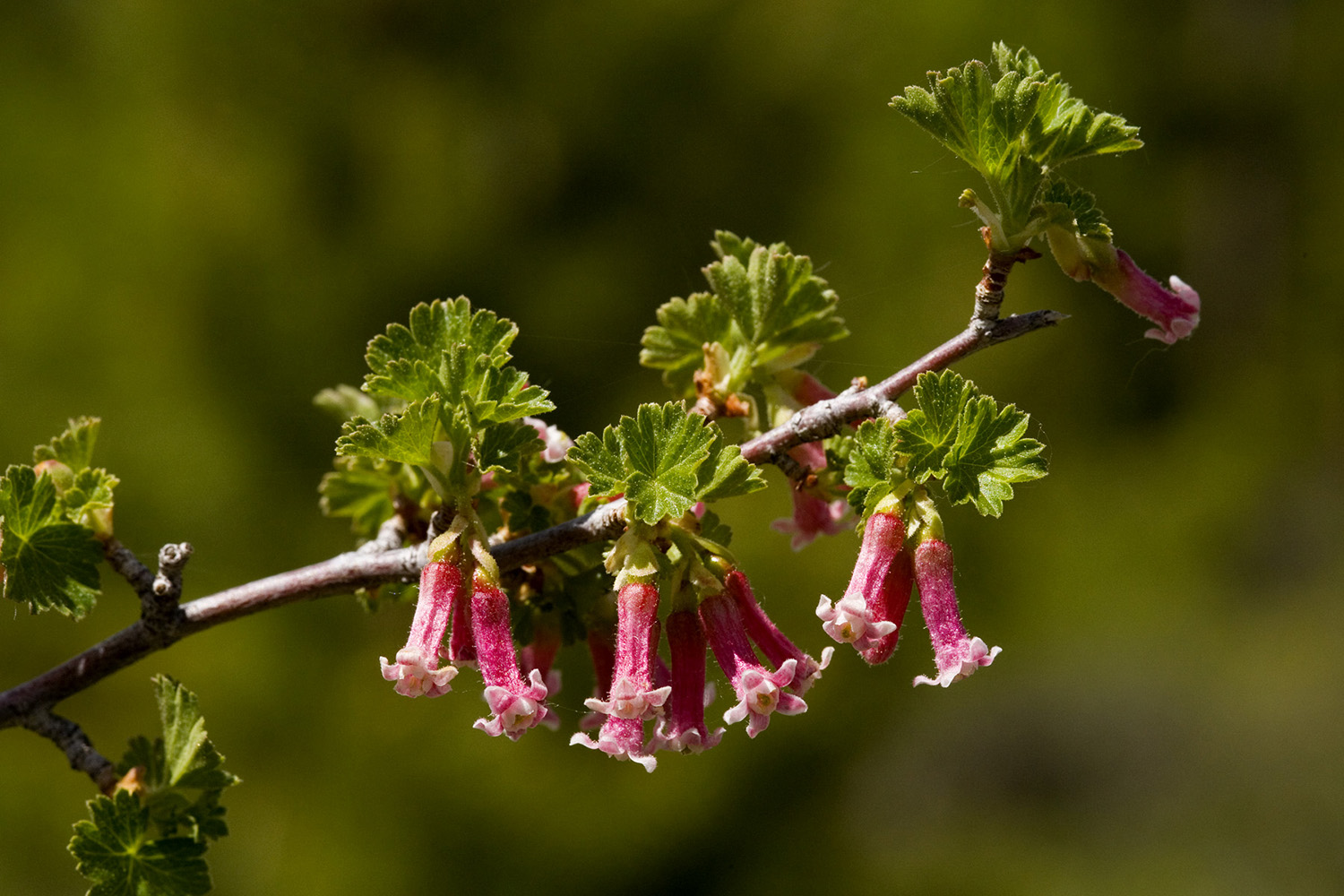
Wax currant occurs on dry, open slopes, ridges, rock outcrops, and mountain shrub communities, as well as at forest edges or in coniferous forests with light canopy cover. In addition, it occurs in the Bebb willow (Salix bebbiana) community type in the northwestern third of New Mexico. It is found at elevations of 4,950 to 13,200 feet.
Wax currant provides food and cover for wildlife. It is only fair to poor browse for deer, but it is important on ranges where little else is available.
Chickadees and other birds consume the fruit of wax currant. The fruit of wax currant is used for making jam, jelly, or pie. Some western Indian tribes used currants for making pemmican.
Wax currant is cultivated as an ornamental. It grows from 1 1/2 to 5 feet tall. Wax currant reproduces mainly by seed.
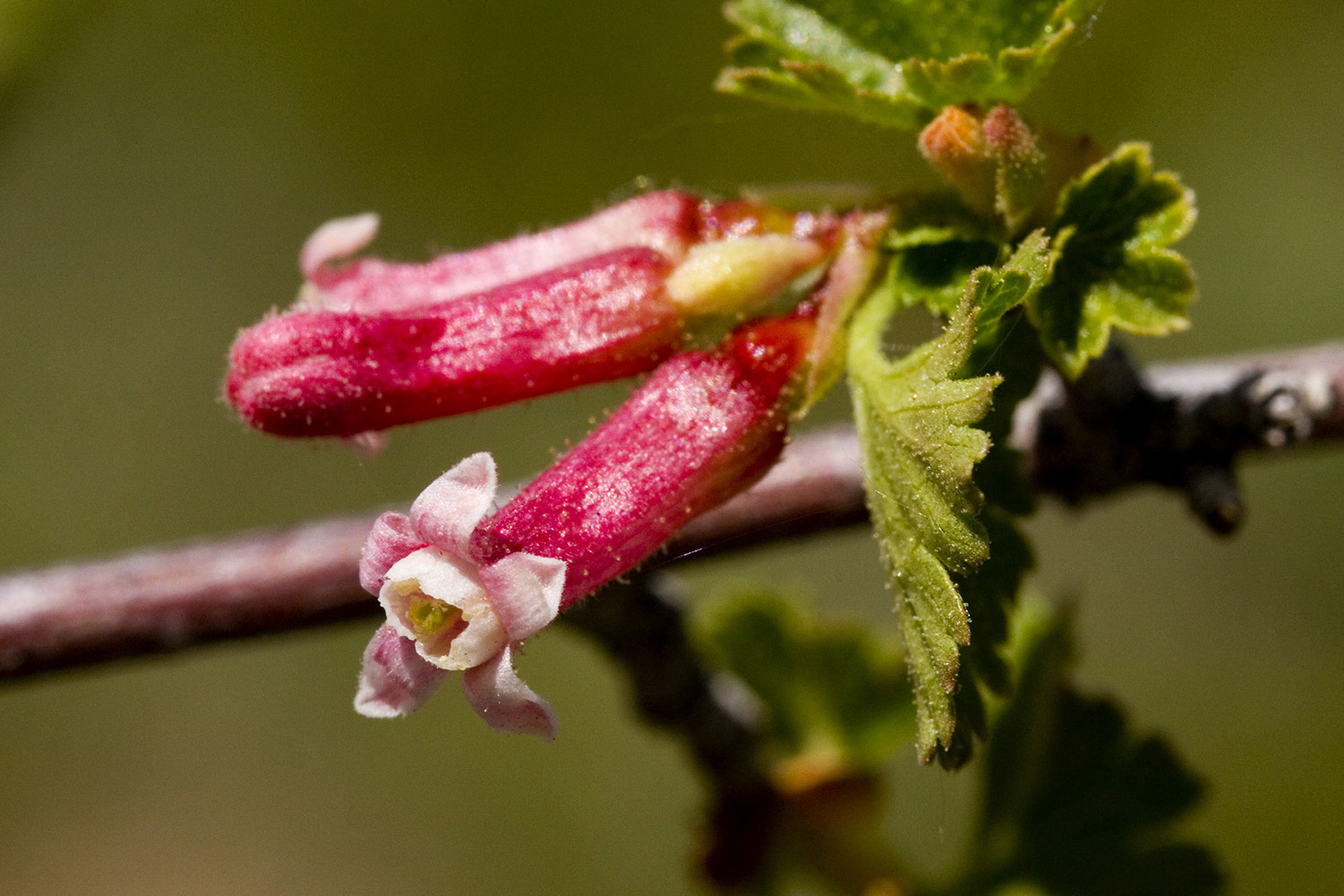
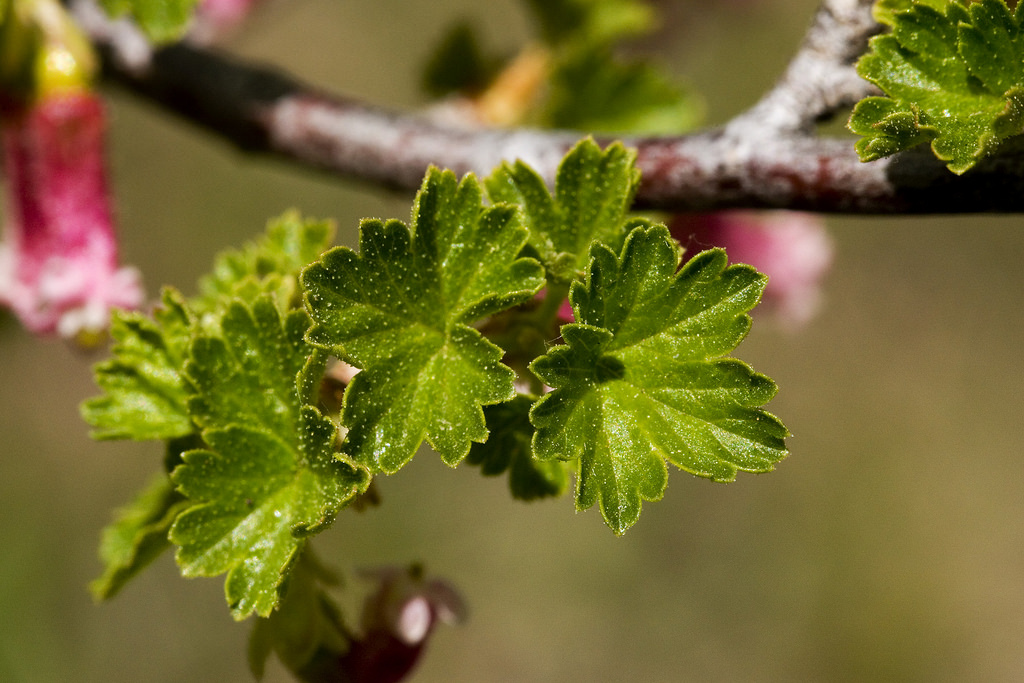
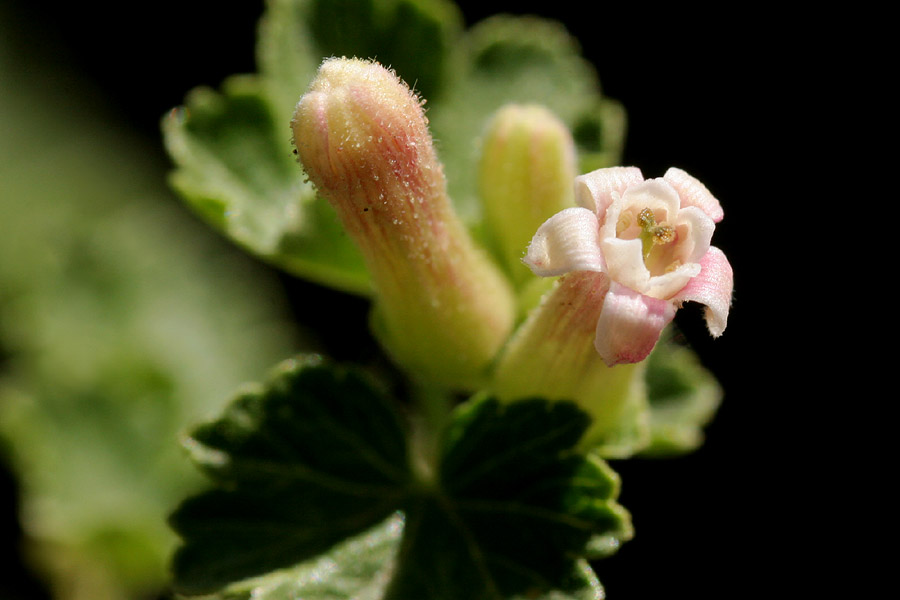
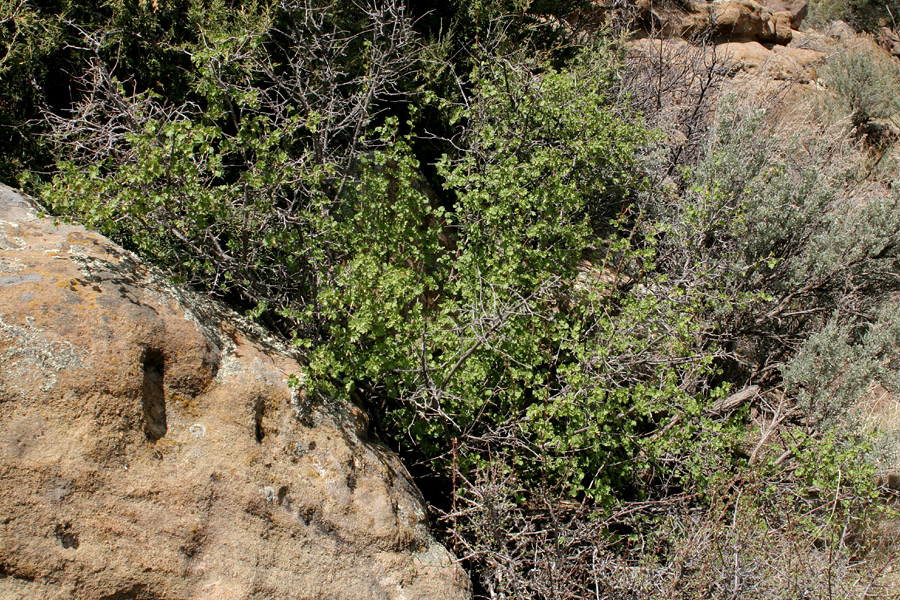
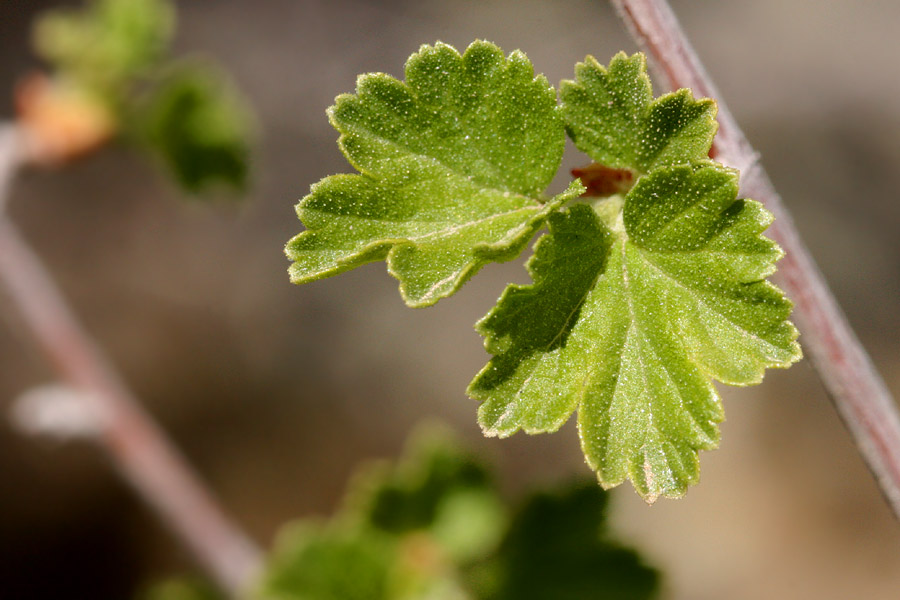
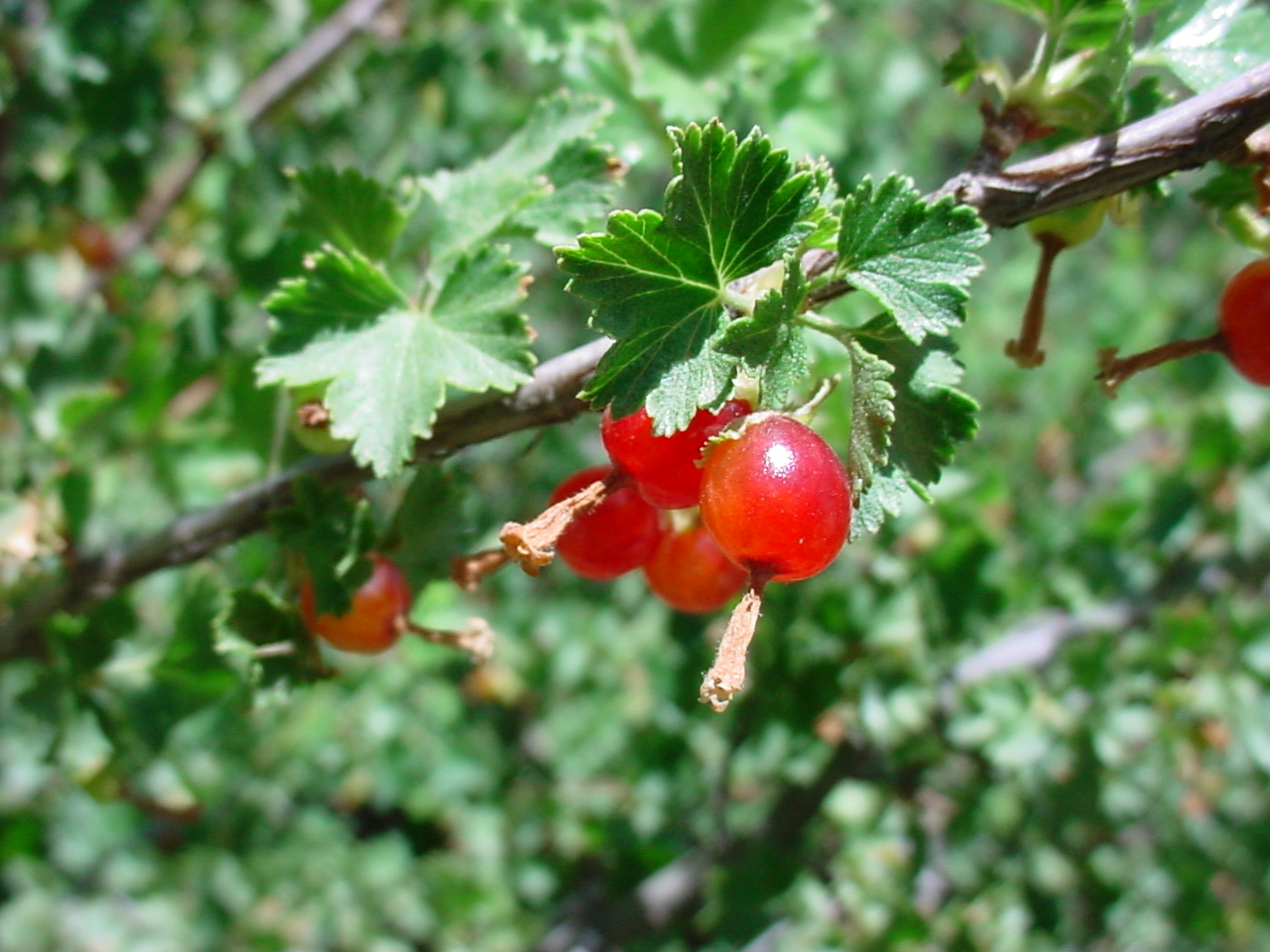
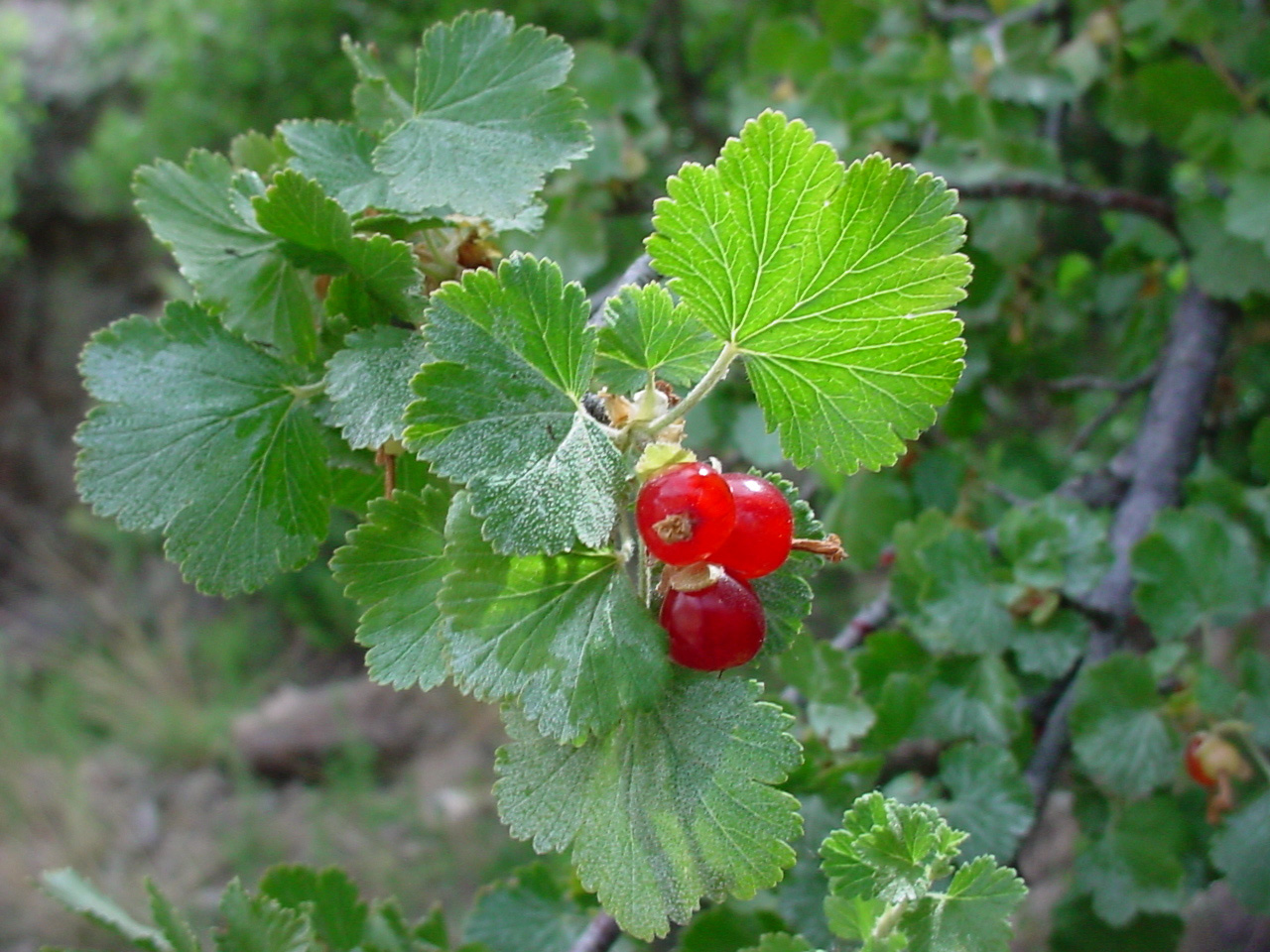
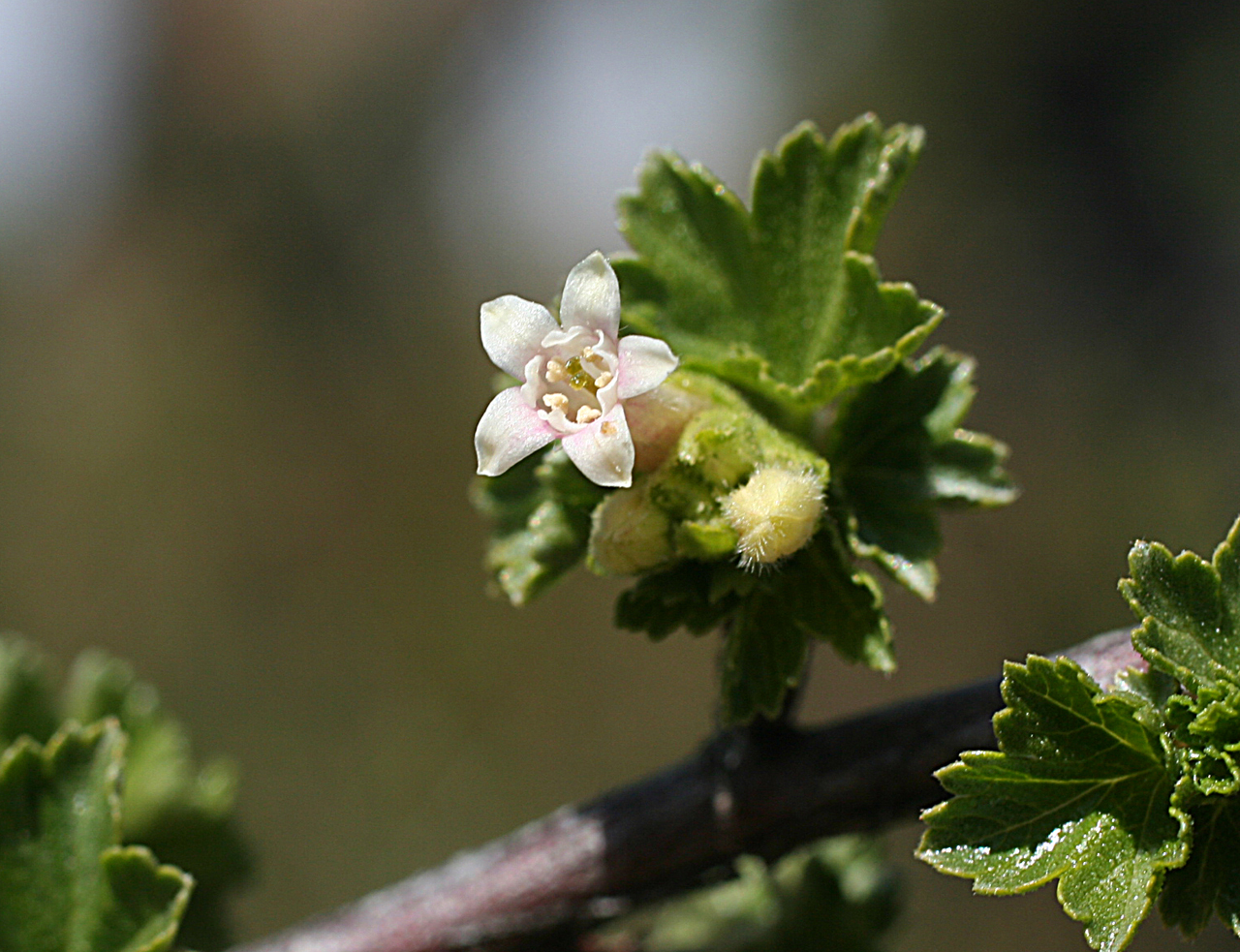
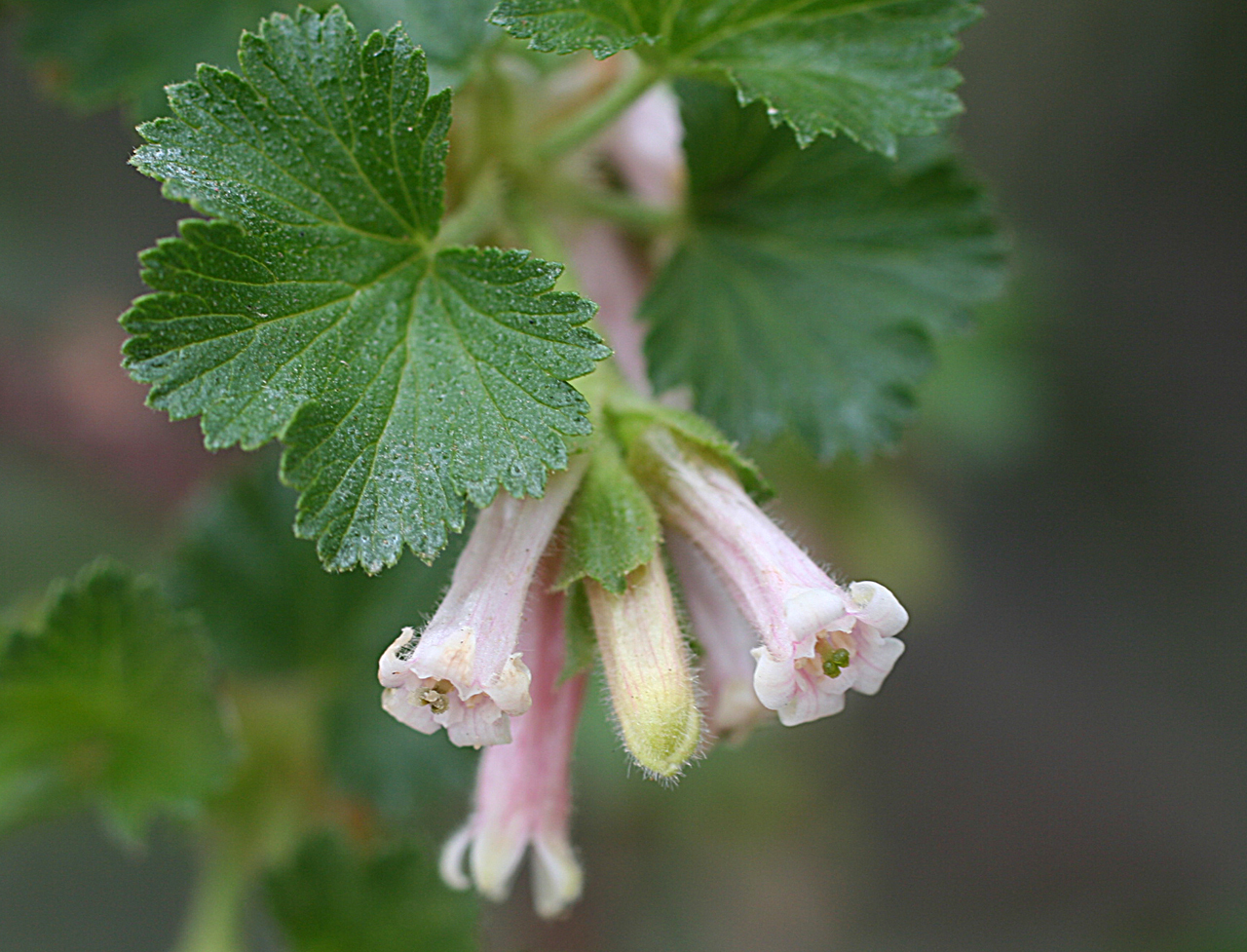
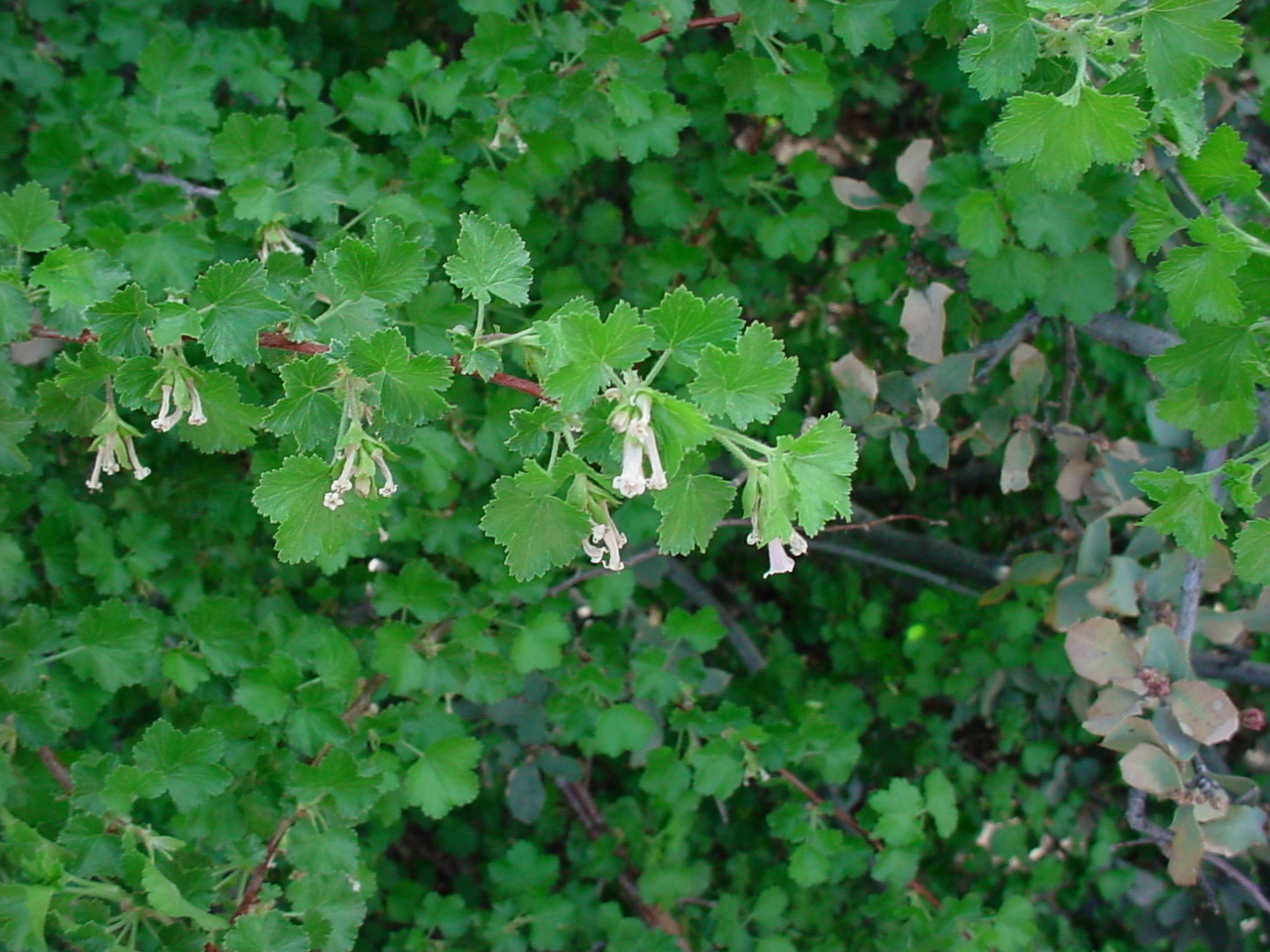
©2018 NMSU Board of Regents.
Individual photographers retain all rights to their images.
Partially funded by the
Western Sustainable
Agriculture Research and Education Program
(westernsare.org; 435.797.2257),
project EW15-023.
Programs and projects supported by Western SARE are
equally open to all people.